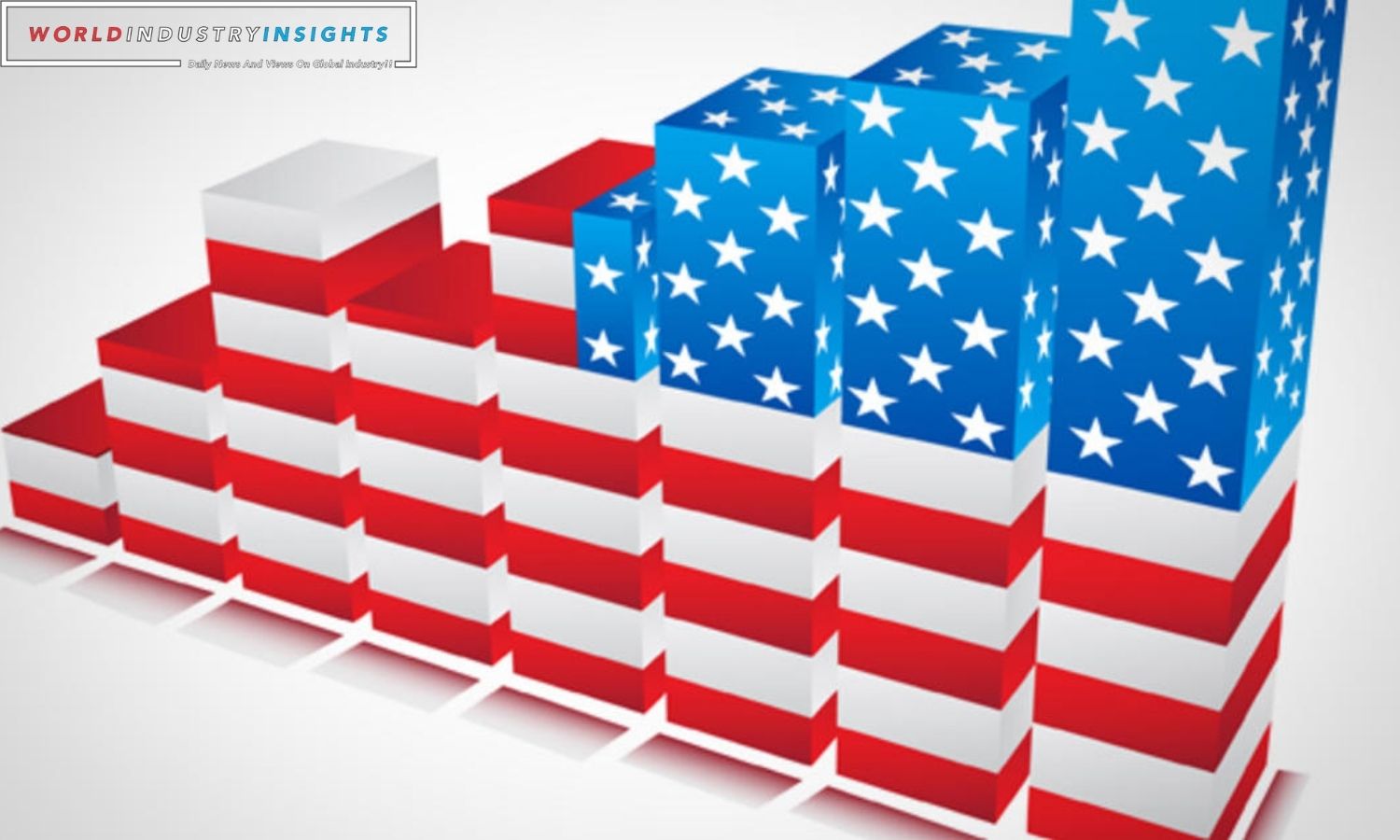US Economic Growth Trends: In 2016, analysts were confused by how slowly the U.S. economy rebounded from the 20072009 financial crisis. New data suggested that the U.S. economy could no longer grow faster than 2.5% a year at a September 2016 Federal Reserve policy committee meeting. John Williams, the head of the San Francisco Federal Reserve and now the New York Federal Reserve, expressed this. The conference minutes said that authorities decreased their median long-term GDP growth prediction by 1.8%.
Although these projections were bad, the American economy did well. The US grew faster than 1.8% in 21 of 28 quarters over three years. The globe changed because to this pandemic. Between the 2016 Federal Reserve meeting and the outbreak, the GDP increased 2.5% annually. Average since Vice President Joe Biden took over is 3%.
Still, these data are hard to interpret. The 2020 COVID-19 pandemic and the government’s trillion-dollar response have made it hard to track the economy’s growth. This week at Jackson Hole, Wyoming, top officials will discuss a shifting economy. They must consider the unanticipated rise of the labor force, manufacturing building, global supply routes, inflation, and the first signs of productivity recovery.
Many don’t think America can realize its economic potential. Recent demographic trends show declining population increase, which is significant for predicting economic activity. US immigration is a political hotspot, making projections difficult. Output growth, another key indicator of growth, remains difficult to estimate.
Not just policymakers dislike it. BlackRock’s expectations aren’t good. They expect U.S. growth to drop below 1%. They cite the looming baby boomer retirement tsunami, inflation uncertainties, and labour shortages.
Economic groupings are surprised despite these expectations. Now that we have data, we can observe that theory and reality differ. US employment expanded twice as fast as projected between 2016 and 2019. This tendency resumed after the 2022 pandemic.
Read More: South32 Appin Mine Strike: Negotiations Continue Amid Worker Demands
Not everyone likes the progress, though. The Fed’s surveillance was a mistake, according to former Bank of England employee Adam Posen, now chairman of the Peterson Institute for International Economics in Washington, DC.
Most crucial thing that lead to this budget? Trump and Biden’s policies have accidentally boosted job and economic growth beyond government predictions. Trump’s company tax cut and Biden’s energy and technology-based industrial ambitions have had a huge impact. The jobless rate hit a historic low of 3.5% in February 2020 and has stayed there under Biden. The job-making machine has been producing 200,000 jobs every month.
Still, senior Conference Board economist Dana Peterson sounds the alarm. She predicts a rising national debt and a more engaged Federal Reserve. The first slows growth and prevents private investment, while the second employs high interest rates to control inflation, which slows growth.
The Jackson Hole meeting’s keynote lecture by Federal Reserve Chair Jerome Powell is anticipated. The Fed hiked rates by 5.25% in March 2022 to combat inflation. The U.S. economy appears to be performing well despite these measures, raising questions about the Fed’s power and expected effects.
Are we entering a new era of increased work? The 1990s notes of former Federal Reserve chairman Alan Greenspan inspired a new notion. This theory states that technological advances have accelerated economic growth without inflation. Some think tech apps or working from home might enhance worker productivity. This is a new epidemic twist.
Despite a 3.7% increase in productivity in recent months, productivity specialists like San Francisco Federal Reserve economist John Fernald say the underlying picture of weak productivity growth hasn’t changed. However, investing more in AI gives us optimism.
Even if the Federal Reserve is struggling with inflation and the economy, long-term trends are impossible to anticipate. Antulio Bomfim, Powell’s advisor and Northern Trust Asset Management’s head of global macro, is rightthe future is still promising.
Our Reader’s Queries
Is the US economy growing or declining?
The latest estimate shows that the real gross domestic product (GDP) grew by 4.9 percent in the third quarter of 2023, up from 2.1 percent in the previous quarter. This growth was mainly driven by higher consumer spending and inventory investment.
What is the economic trend in the US in 2023?
Our projections indicate that the real GDP will experience a growth of 2.4% in 2023, but it is expected to slow down to 0.9% in 2024. Despite this temporary setback, the US economy is anticipated to stabilize thereafter. Our forecast for 2025 GDP growth is around 1.7%, which is close to its potential.
What is the economic growth forecast for the US?
Our projections indicate that the real GDP will experience a growth of 2.4% in 2023, but it is expected to slow down to 0.9% in 2024. Nevertheless, we anticipate that the US economy will gradually stabilize after this decline. In 2025, we predict that the GDP growth will reach its potential and come in at 1.7%.
Is the United States in a recession 2023?
Despite predictions of a recession in 2023, the U.S. economy managed to avoid it. However, experts are now suggesting that a mild recession or soft landing may be possible in 2024.


